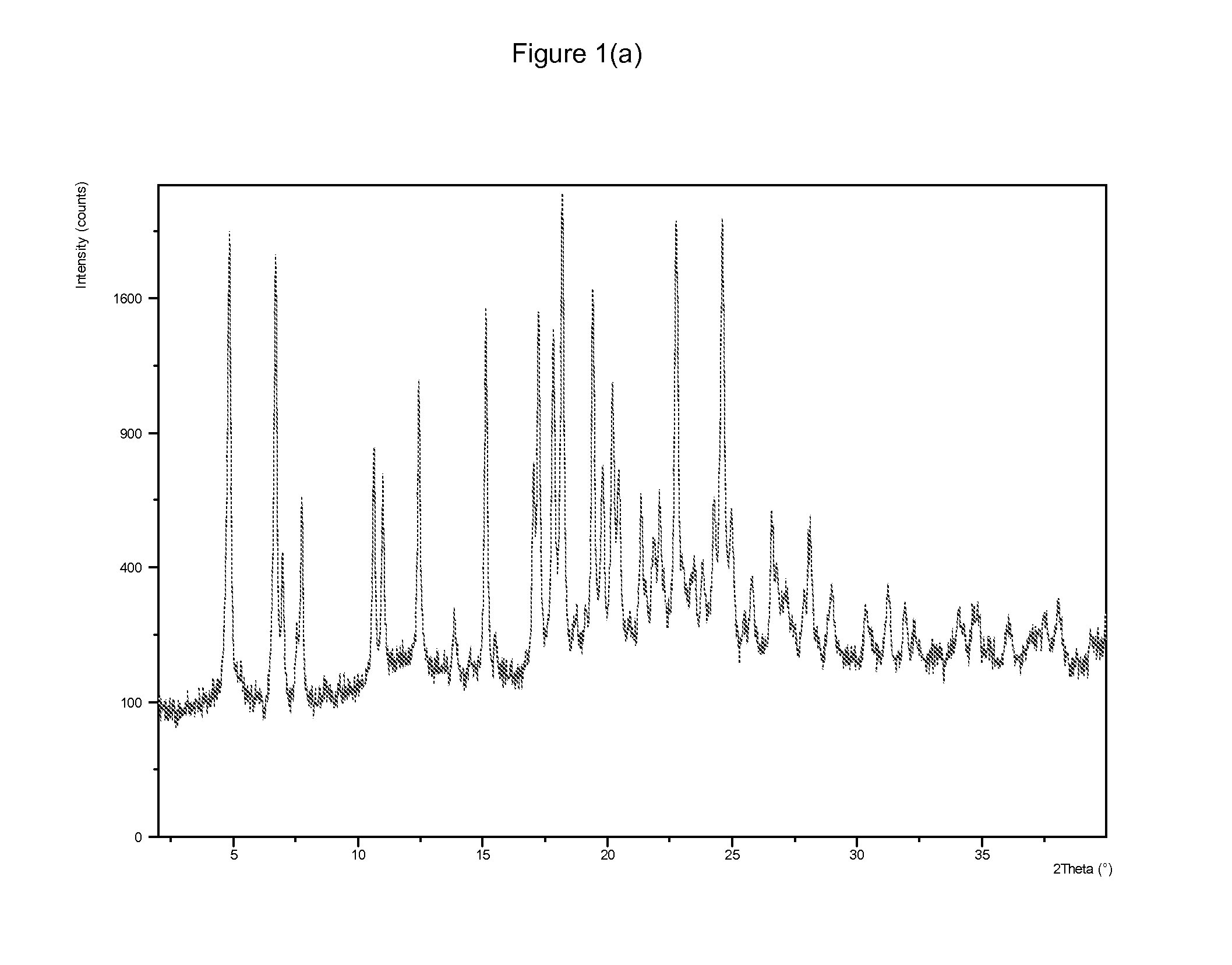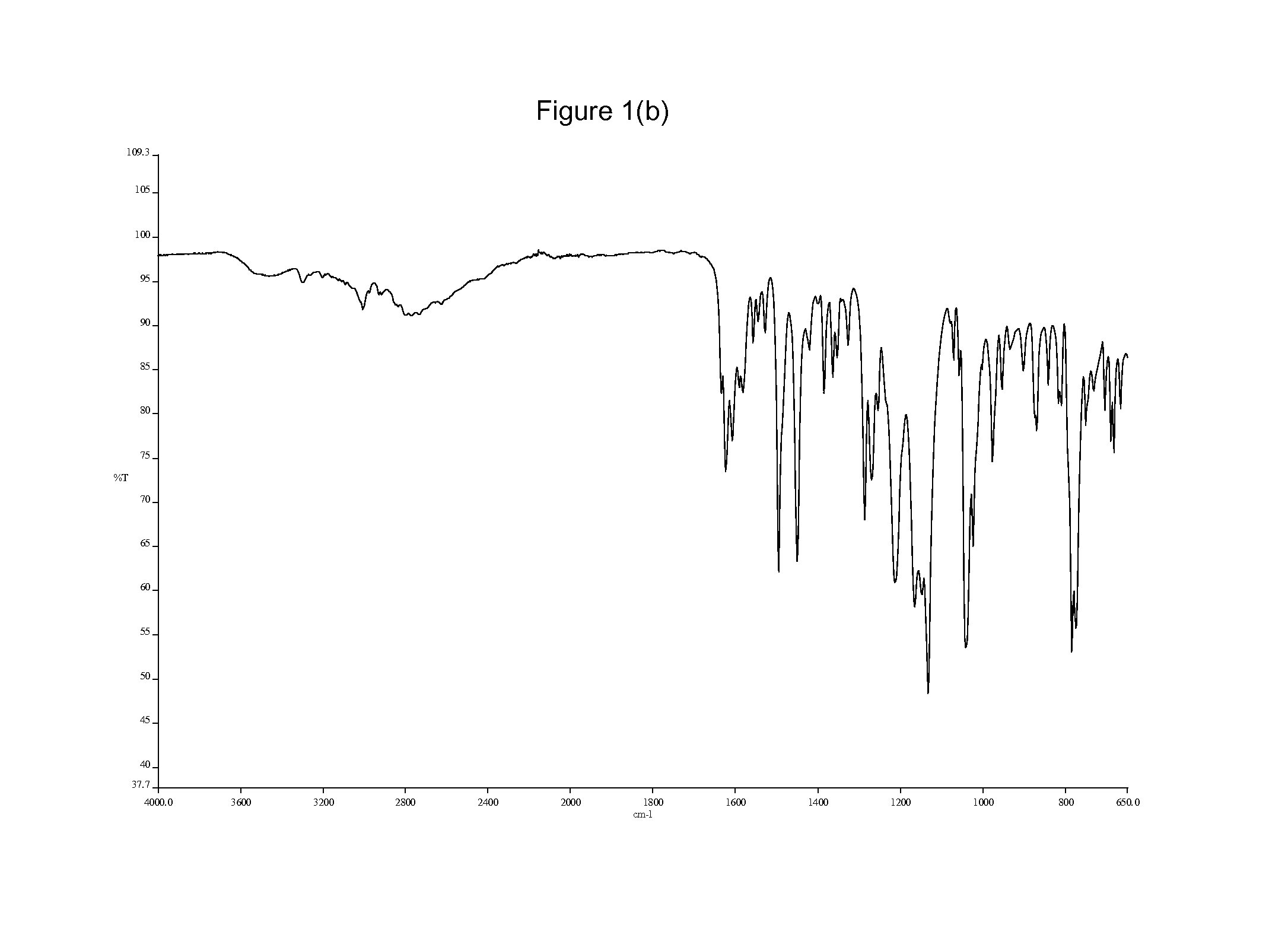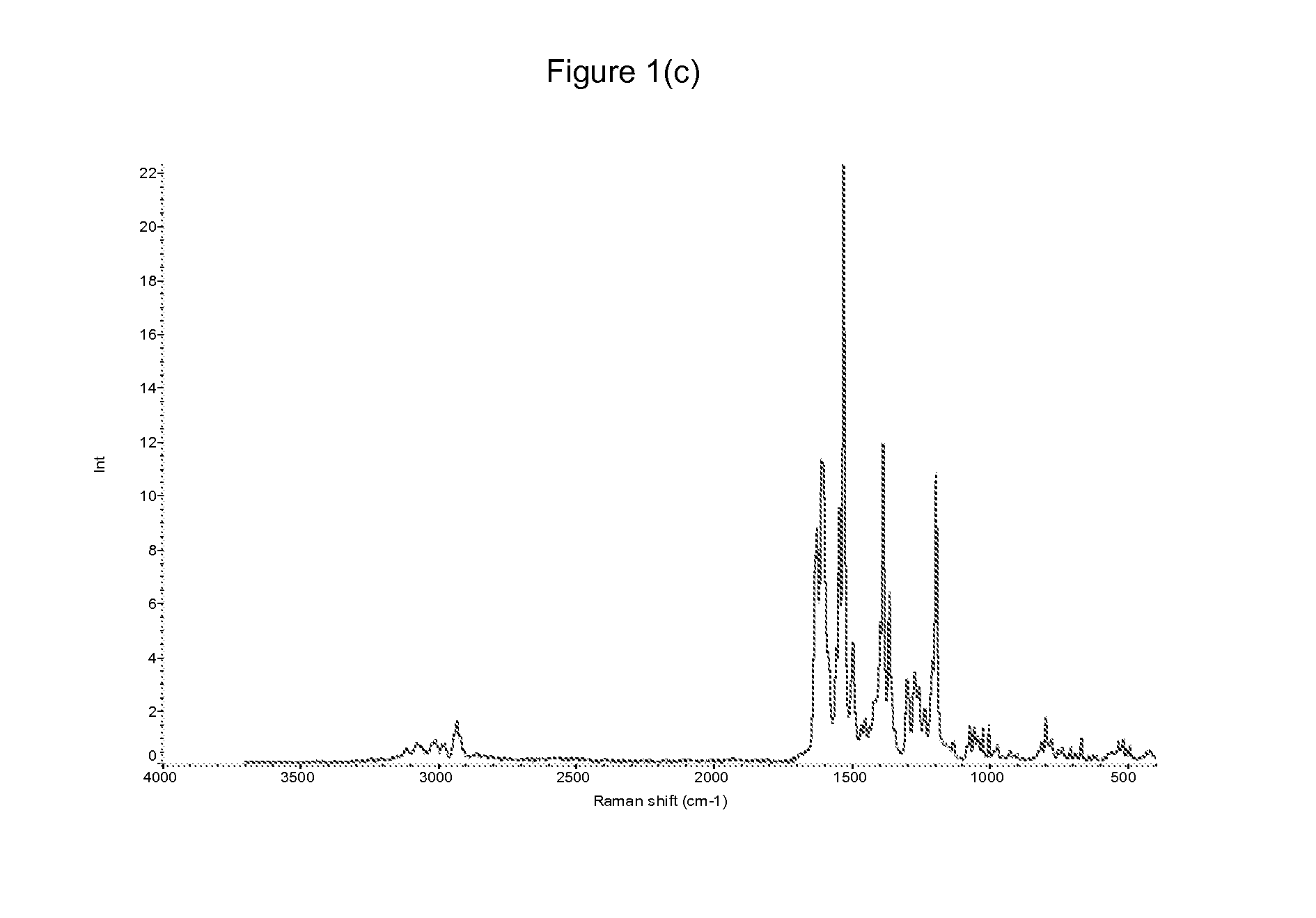Quinazoline Salt Compounds
a technology of quinazoline salt and compound, which is applied in the field of quinazoline salt compounds, can solve the problems of limited oral bioavailability when administered in patients and uncontrolled cell growth, and achieve the effect of enhancing water solubility
- Summary
- Abstract
- Description
- Claims
- Application Information
AI Technical Summary
Benefits of technology
Problems solved by technology
Method used
Image
Examples
example 1
Preparation of Lapatinib Dimesylate Dihydrate
[0219]GW572016X (0.5 g) was heated to reflux in methanol (20 ml). Methanesulfonic acid (0.12 ml) was added to the hot suspension and the solid dissolved. The heat source was removed and crystals were precipitated in less than 1 minute. The resulting suspension was allowed to cool and stirred at ambient temperature for a further 1 hour. The product was filtered, washed with methanol and dried under vacuum at 50° C. for 3 hours to give the title salt and allowed to age exposed to the atmosphere for 3 days. (0.62 g, 89.1% yield) An X-ray powder diffraction pattern and an infrared spectrum were obtained and are depicted in FIG. 1(a) and FIG. 1(b) respectively.
example 2
Preparation of Lapatinib Dimesylate Monohydrate
[0220](a) GW572016X (1.0 g) was heated in a mixture of acetone (12 ml) and water (3 ml) so that the solid dissolved. When the temperature had reached 55° C. methanesulfonic acid (0.24 ml) was added in one portion. The solution was allowed to cool gradually and when the temperature had dropped to 42° C. crystals began to precipitate. The resulting suspension was stirred at ambient temperature overnight and the product then was filtered and dried under vacuum at 45° C. for 24 hours to give the title salt. (1.22 g, 90% yield). An X-ray powder diffraction pattern and an infrared spectrum of the salt were obtained and are depicted in FIG. 2(a) and FIG. 2(b) respectively.
[0221](b) The dimesylate monohydrate salt was also prepared as follows. Methanesulfonic acid (0.24 ml) was added to a solution of GW572016X (1.0 g) in a mixture of tetrahydrofuran (9 ml) and water (1 ml). The solution was stirred at ambient temperature and crystals began to p...
example 3
Preparation of Lapatinib Dimesylate
[0222]GW572016X (0.5 g) was heated in propan-1-ol (20 ml) until the solid dissolved. Methanesulfonic acid (0.12 ml) was added to the hot solution and crystals were precipitated and rapidly amassed. The thick suspension was allowed to cool and was stirred at ambient temperature for a further 1 hour. The product was filtered, washed with propan-1-ol and dried under vacuum at 50° C. then 75° C. for several hours to give the title salt. (0.62 g, 93.2% yield) The product was allowed to age exposed to the atmosphere for 3 days. An X-ray powder diffraction pattern and an infrared spectrum were obtained and are depicted in FIG. 3(a) and FIG. 3(b) respectively.
PUM
| Property | Measurement | Unit |
|---|---|---|
| particle size | aaaaa | aaaaa |
| power | aaaaa | aaaaa |
| temperature | aaaaa | aaaaa |
Abstract
Description
Claims
Application Information
 Login to View More
Login to View More - R&D
- Intellectual Property
- Life Sciences
- Materials
- Tech Scout
- Unparalleled Data Quality
- Higher Quality Content
- 60% Fewer Hallucinations
Browse by: Latest US Patents, China's latest patents, Technical Efficacy Thesaurus, Application Domain, Technology Topic, Popular Technical Reports.
© 2025 PatSnap. All rights reserved.Legal|Privacy policy|Modern Slavery Act Transparency Statement|Sitemap|About US| Contact US: help@patsnap.com



